MQ-9B Unveiled with Laser at Sea Air Space 2025
General Atomics has revealed a significant advancement in unmanned aerial systems technology at Sea Air Space 2025, displaying for the first time an MQ-9B equipped with a podded air-to-air laser system. This innovative capability represents a new frontier in counter-drone technology, specifically designed to defend naval vessels against the growing threat of one-way attack drones.
Advanced Laser Technology Specifications
The newly showcased laser system is part of General Atomics’ Laser Weapon Systems portfolio, centered around their scalable High Energy Laser (HEL) Weapon System. The current configuration features a 25kW class laser that can be scaled up to 300kW in both pulsed and continuous wave systems. This versatility allows the system to operate effectively across diverse environmental conditions.
Purpose-Built for Maritime Drone Defense
At the exhibition, General Atomics displayed a model of an MQ-9 with an underwing laser pod engaging multiple “Shahed-style” one-way attack drones approaching a surface warship. The demonstration highlighted the system’s potential role in fleet defense operations, offering a new layer of protection against emerging aerial threats that conventional defense systems might struggle to counter efficiently.
Innovative Engineering Solutions
The underwing pod houses a 25kW distributed gain laser equipped with a large ram air intake for cooling and an ultra-high power density battery system. This distributed gain technology is crucial for enabling airborne laser operations within the strict size, weight, and power (SWaP) constraints of aircraft platforms. The design allows for efficient cooling and beam generation while accommodating the unique challenges posed by in-flight operations.
Building on Established Expertise
While this public display marks a new direction for the MQ-9 platform, General Atomics has been developing airborne laser technology for several years. Since 2021, the company has been working toward integrating laser weapons systems compact enough for airborne platforms. The company has demonstrated relevant expertise with its Laser Airborne Communication (LAC)-12 Terminal, which successfully transmitted and received laser communications between two aircraft in 2022.
The General Atomics airborne laser initiative is separate from previous Department of Defense programs such as the Self-protect High Energy Laser Demonstrator (SHiELD). That program, which involved Boeing, Lockheed Martin, and Northrop Grumman, aimed to develop laser systems for fighter aircraft like the F-15 and F-16 but was cancelled in 2024 without completing flight tests.
Expanding MQ-9 Capabilities
This laser pod development continues General Atomics’ strategy of expanding the MQ-9 platform’s mission capabilities. The company continues to offer a range of mission modules to the United States and allied nations, developing new capabilities both internally and through partnerships. Recent developments include the Long Range Maneuvering Projectile (LRMP) and the Bullseye missile, both featured at recent defense exhibitions.
Also read this: Lockheed Martin Hands Over First TPY-4 Radar to US Air Force
Strategic Implications
The integration of directed energy weapons on unmanned platforms represents a significant shift in naval air defense strategy. By enabling MQ-9Bs to counter drone swarms with precision energy weapons, naval forces could gain a cost-effective and renewable defense capability against asymmetric threats. This development could potentially reduce reliance on expensive kinetic interceptors while providing persistent defensive coverage for naval task forces operating in contested environments.
Keep connected with us at Facebook, Twitter, YouTube, Instagram & TikTok for latest defense happening around the globe.
Discover more from International Defence Analysis
Subscribe to get the latest posts sent to your email.





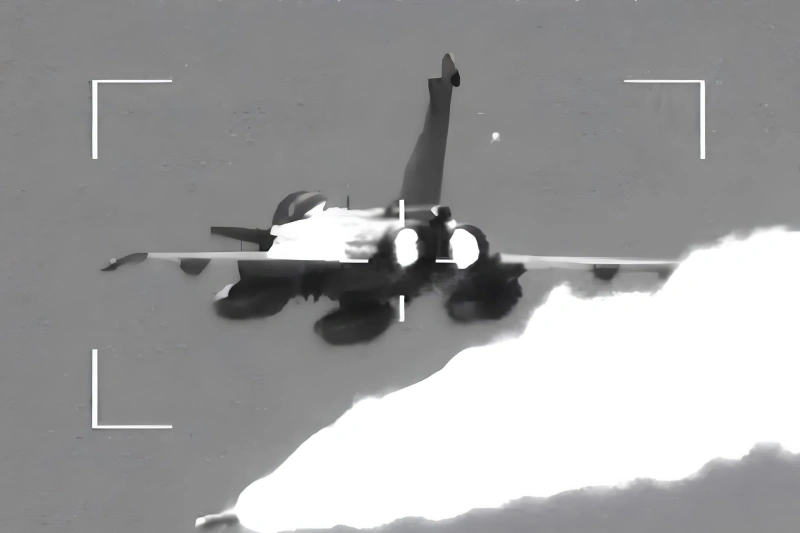


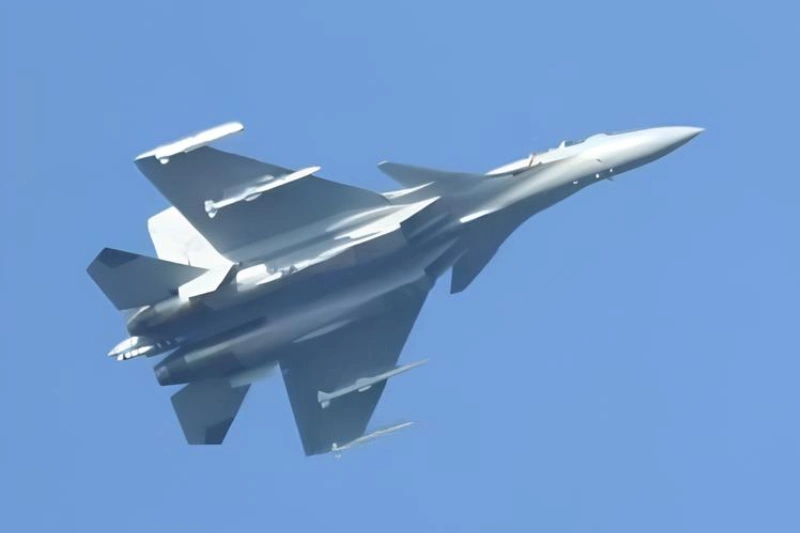
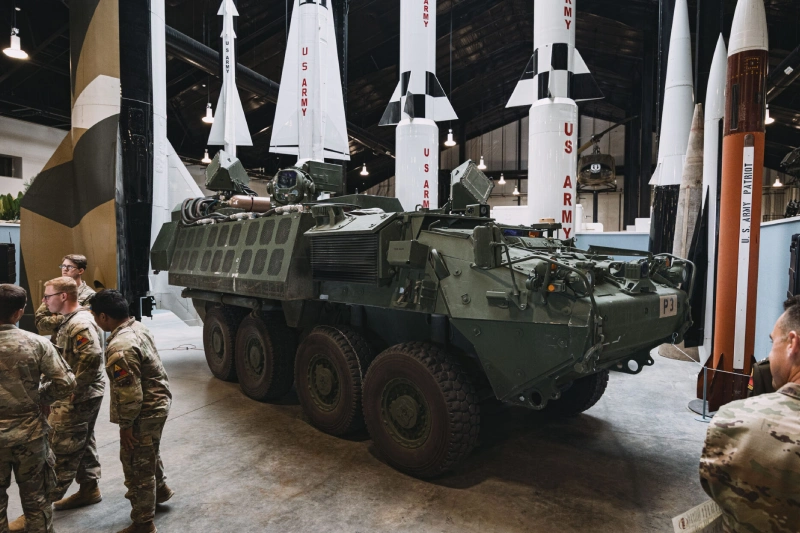
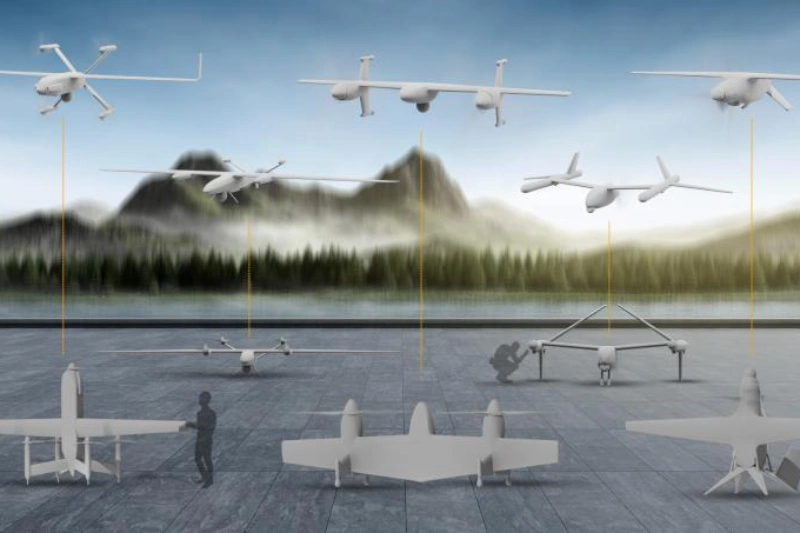
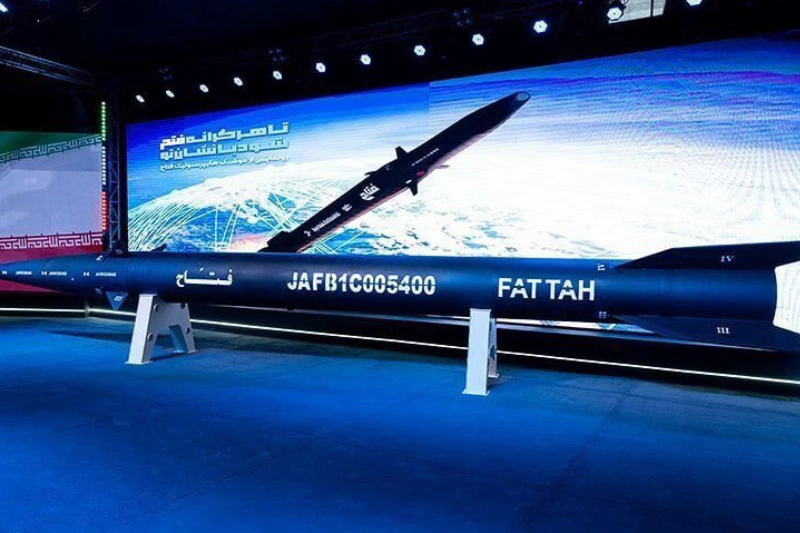

One thought on “MQ-9B Unveiled with Laser at Sea Air Space 2025”